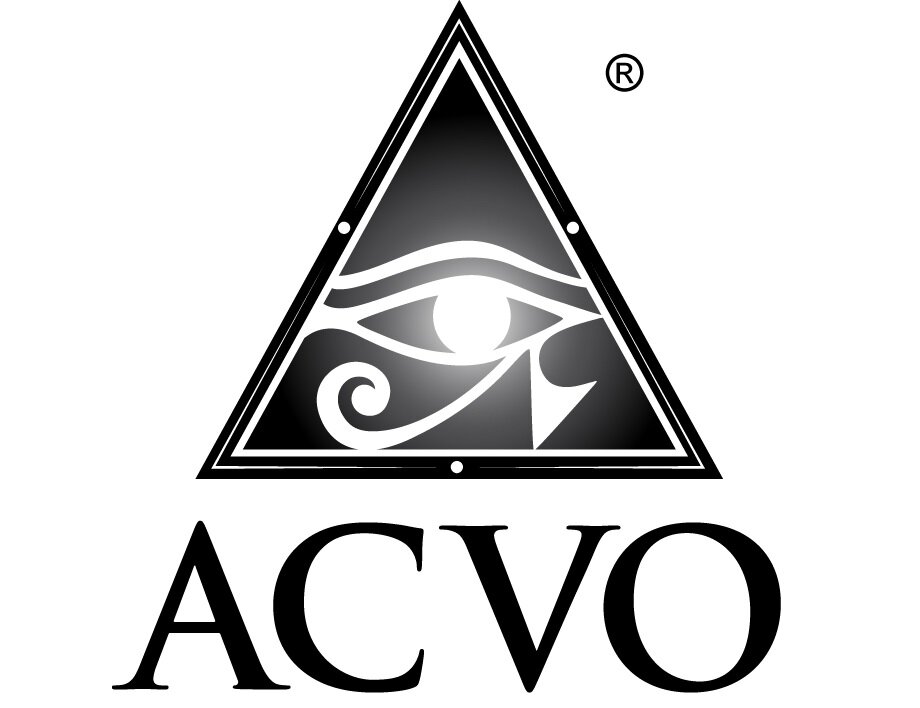Common Ocular Tests
If your pet has been referred to see a veterinary ophthalmologist, you may be wondering what to expect at your first appointment. While the actual appointment may vary from doctor to doctor, there are several ocular tests, which are commonly performed at an initial appointment. These tests include measurement of tear production, staining of the eye to look for scratches/ulcers and measurement of the intraocular pressure.
Tear testing is most commonly performed using a Schirmer Tear Test. These are commercially available small paper strips with small lines marking length in millimeters and often a blue colored dye. The end of the strip is placed just inside the lower eyelid of your pet and left in place for 60 seconds. The tears are wicked up the strip, bringing the dye along, allowing your veterinarian to measure tear production in millimeters/minute. A normal result is 15 or greater millimeters in one minute. An alternative, but less frequently used, test is the Phenol Red Thread Test. This test is most often used for very small eyes (such as in exotic pets) and utilizes a small dyed thread. The thread is placed inside the lower eyelid and left in place for 15 seconds. A normal result is 25+ mm in 15 seconds. A low test result on either test can be indicative of decreased tear production (Keratconjunctivitis Sicca or Dry Eye).
Fluorescein staining is a commonly performed test to look for breaks in the corneal epithelium, which is the outermost layer of the cornea. Fluorescein is a water based dye, which glows (or fluoresces) bright green under a cobalt blue light. Since it is water soluble, fluorescein stain will not adhere to the lipophilic corneal epithelium and can be easily rinsed away. However, if a break in the epithelium is present (a corneal scratch or ulcer), then the fluorescein dye will be attracted to the hydrophilic (water loving) corneal stroma and will glow under a blue light, allowing your veterinary ophthalmologist to identify the ulcer. Fluorescein dye can also be used to test for normal tear draining through the nasolacrimal system (a Jones Test) or to test for leakage in deep corneal wounds (Seidel Test).
One final test which may be performed is Tonometry, the measurement of intraocular pressure. This test is similar to the ‘puff of air test” you may have had at your own eye doctor! Tonometry is used to help diagnose disorders like glaucoma, where the pressure inside the eye is increased. The pressure inside the eye is measured in mmHg (millimeters of mercury) and a normal range can be from 15-25 mmHg. There are multiple ways to measure the intraocular pressure but two common ways are to use applanation tonometry (TonoPen) or rebound tonometry (TonoVet). Topical numbing drops may be applied to the eye prior to measurement of intraocular pressure. A TonoPen measures the intraocular pressure by flattening a tiny area of the cornea very quickly and estimate the pressure by measuring the force used. A TonoVet measures the intraocular pressure by sending a tiny probe to contact the eye and estimates the pressure by measuring the rebound force. Both methods are widely available and well tolerated by our patients.
In general, initial ophthalmic tests such as these may all be performed at your pet’s initial appointment, but this can vary from case to case. If subsequent appointments are needed, some or all of these tests may be repeated. These tests can help your veterinary ophthalmologist to both diagnose ocular problems in your pet and to monitor your pet’s response to treatment.

